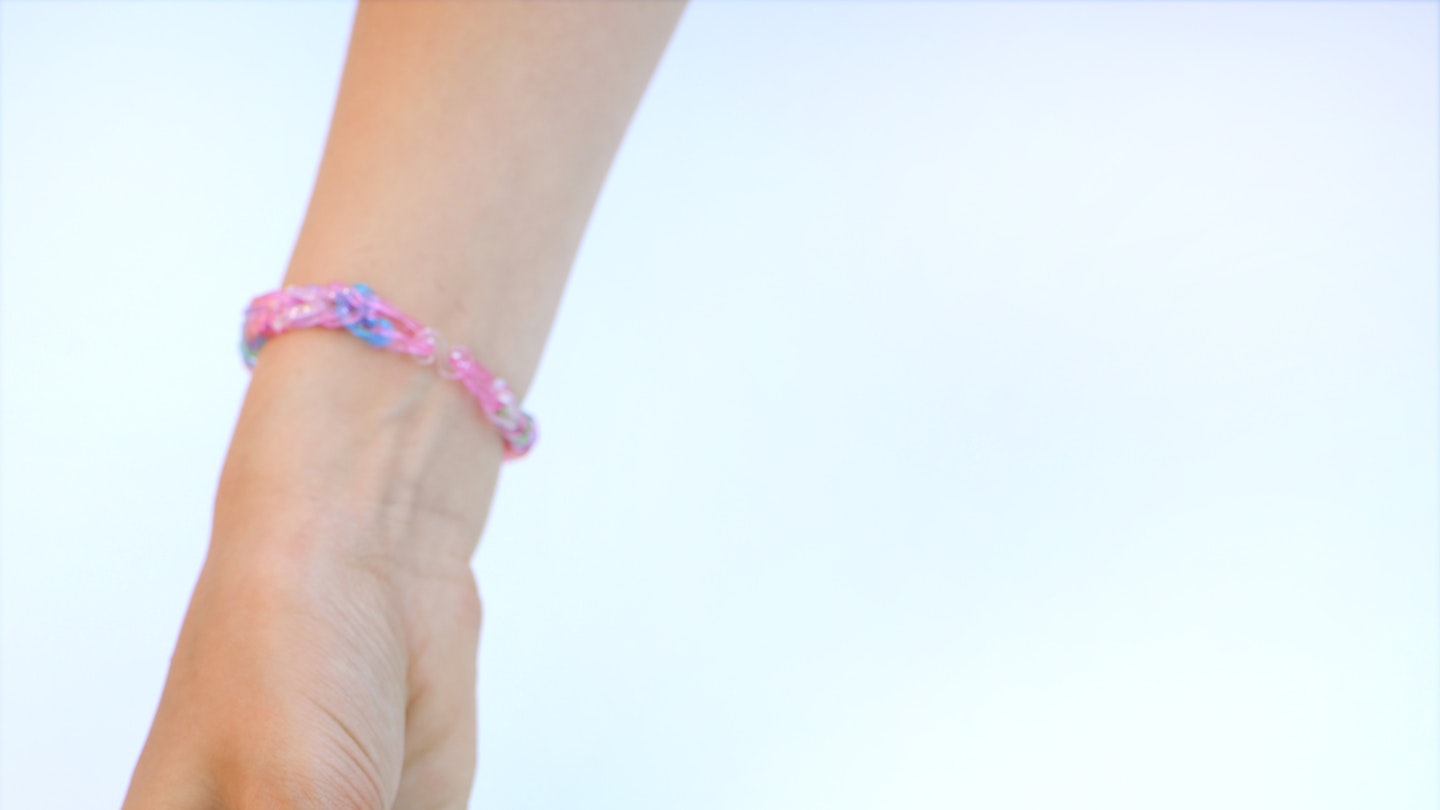Loom bands, the colourful new craze sweeping through school playgrounds, can be a safety hazard, one GP has warned.
The elastic rubber rings that get woven together into bracelets can be found on most school children around the country - and even on the wrist of the Duchess of Cambridge.
Sales of the fashionable bands, which are often swapped by friends, have rocketed by more than 300 per cent, since she was photographed wearing one.
The BBC reported the craze for looms back in January, after the Rainbow Looms, the plastic device for turning small rubber bands into jewellery, sold more than three million units worldwide.
The sheer scale of the craze can be seen in the stats for Amazon UK, where all 30 of the best-selling toys were either looms or loom-related.
Dr Anne-Marie Houlder, a senior GP in Stafford, has urged parents to be vigilant, however, after one boy fell asleep with it wound round his fingers, cutting off his blood supply.
‘They could be a choking hazard or cause circulatory problems if children swallow or wrap them round their fingers for any length of time,’ she said.
‘Parents need to be aware of the potential dangers if children are left unattended.’
What was the popular trend when you were at school? Let us know below!
